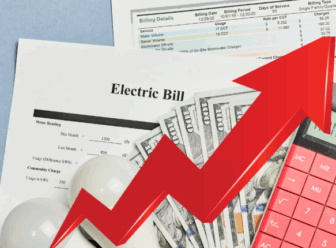By Tim Wheeler
Amended bill continues renewable energy subsidy for Luke Md mill
A phase-out of renewable energy subsidies for paper mills has cleared the Maryland Senate, though with a provision that guarantees the state’s only paper plant in Allegany County would continue to receive payments underwritten by taxpayers.
Environmentalists hailed the 33-13 vote Thursday for SB684, which they said would close what they considered a major loophole in Maryland’s renewable energy law. Currently, mostly out-of-state paper mills receive millions of dollars annually for powering their operations by burning “black liquor,” a tarry byproduct of the pulping process, and other wood waste.
The bill, which still must pass the House, would reduce and then end within five years the lucrative “credits” the paper mills receive, which they can then sell to power companies required to support energy produced from renewable sources. Environmentalists argued that the subsidies for paper mills, paid for by slightly higher electric rates, were slowing the development of new wind and solar projects in the state.
Lawmakers had been skittish about voting to end the subsidy because of its potential impact on the 860 jobs at the paper mill in Luke. The mill’s owner, New Page Corp., recently emerged from bankruptcy, and management and labor both warned any loss of revenue could result in layoffs or closure of the 125-year-old plant.
Under an amendment, the Luke mill would be grandfathered from any loss of credit revenue until 2018. After that the governor would be directed to replace the lost income directly, most likely from payments that coal-burning power plants must make to the state for emitting climate-warming carbon dioxide. The state aid to the Luke mill would continue as long as it continues to operate.
Tom Carlson of the Chesapeake Climate Action Network called the Senate action one of the most important votes of the 2013 legislative session.
“By ending the flow of our renewable energy dollars to out-of-state, polluting plants,” he said, “we can spur up to 1,400 megawatts of new clean energy for Maryland, dramatically reducing climate pollution and creating thousands of well-paid jobs.”




